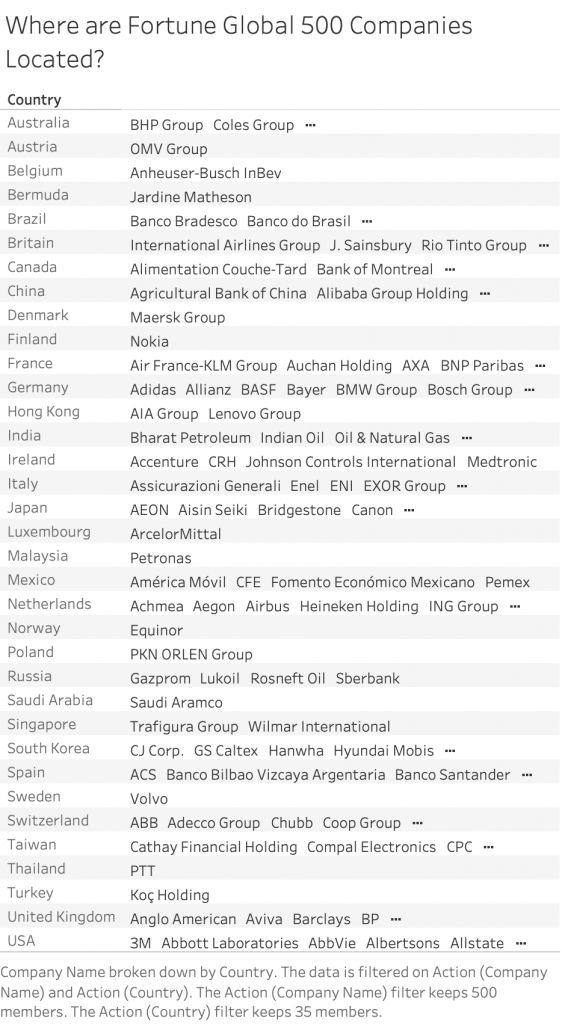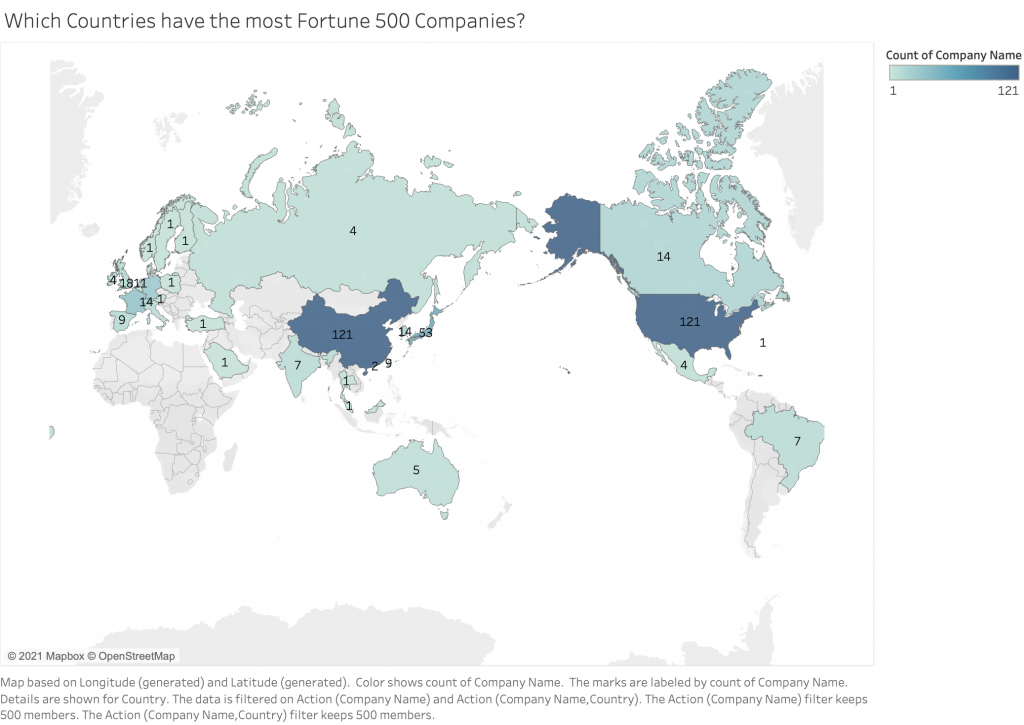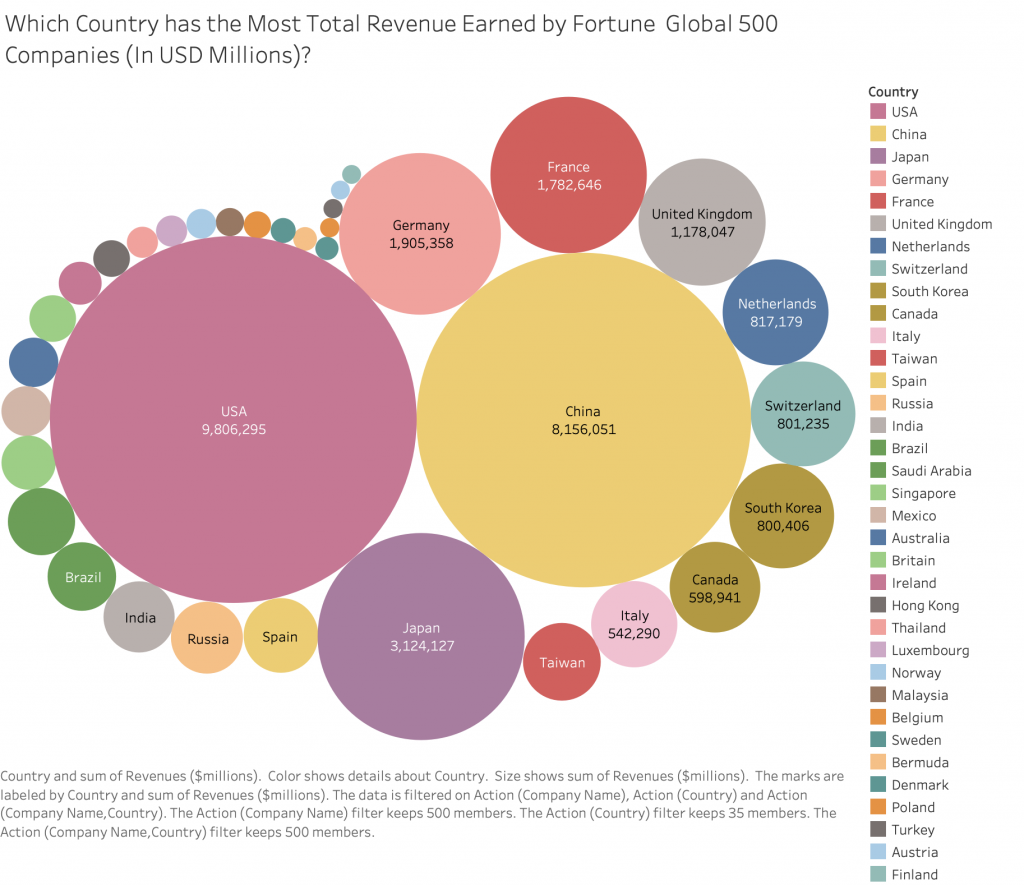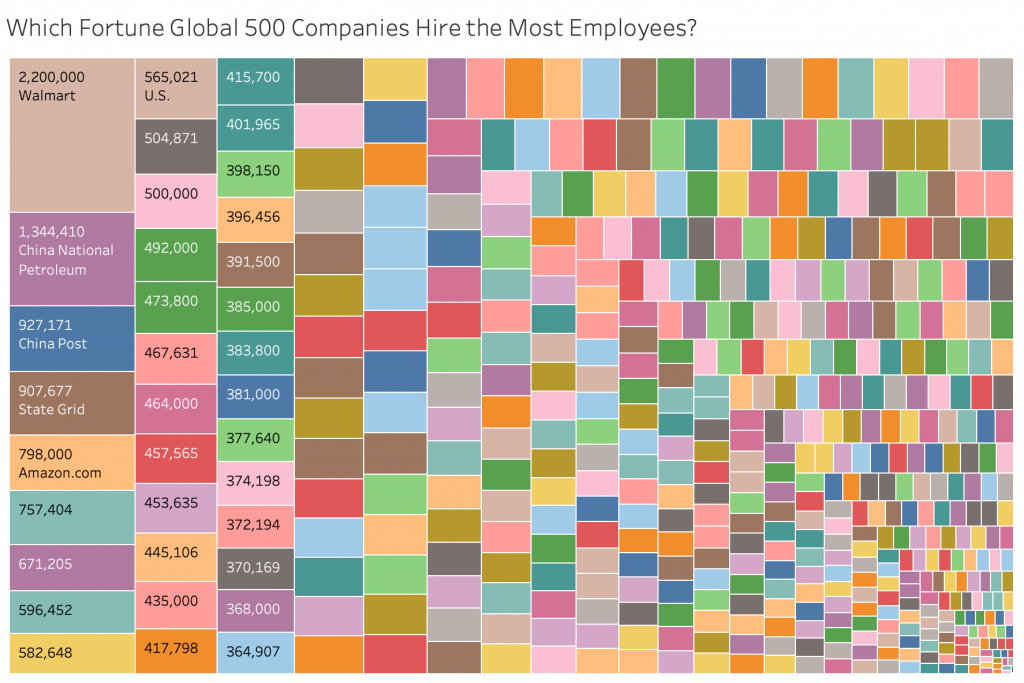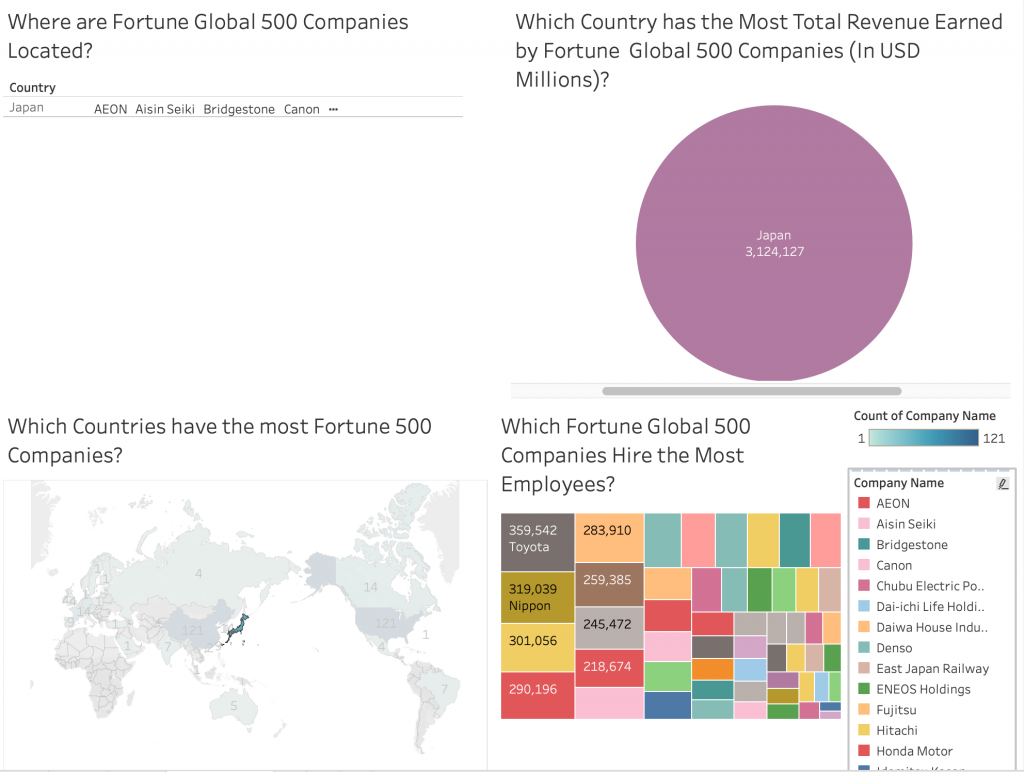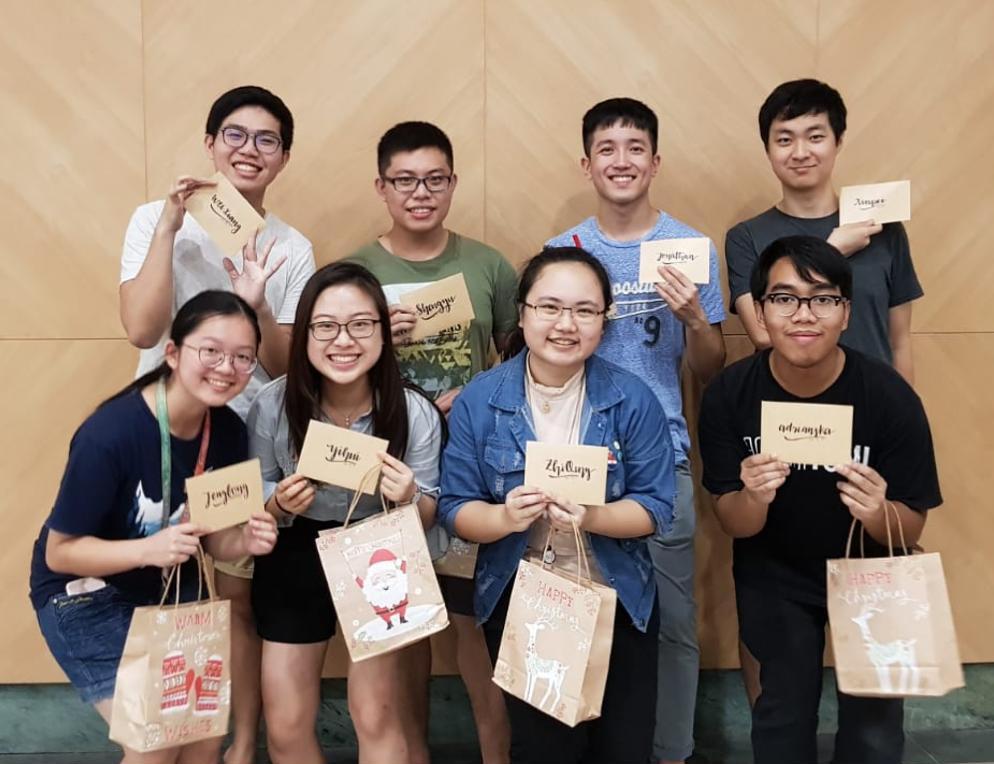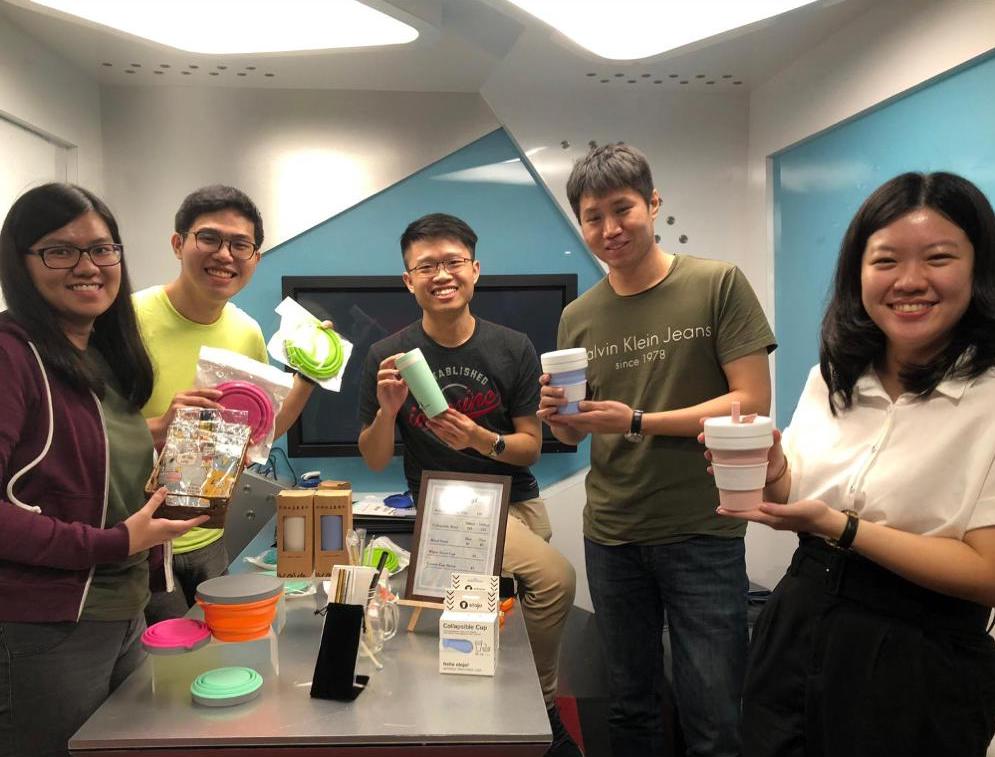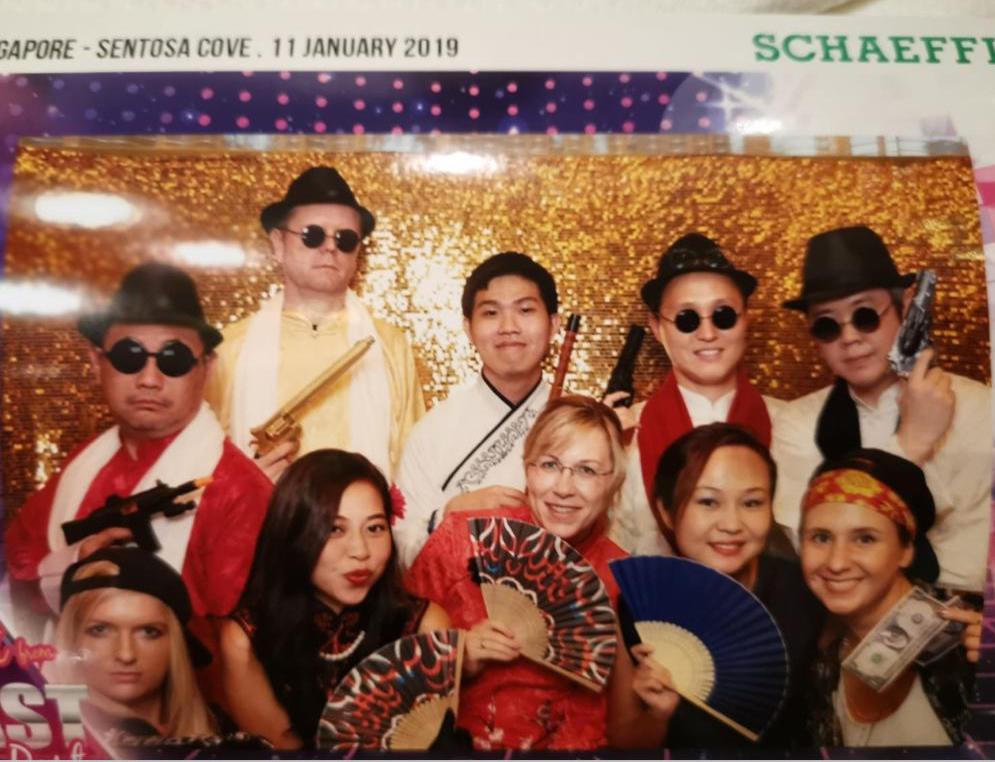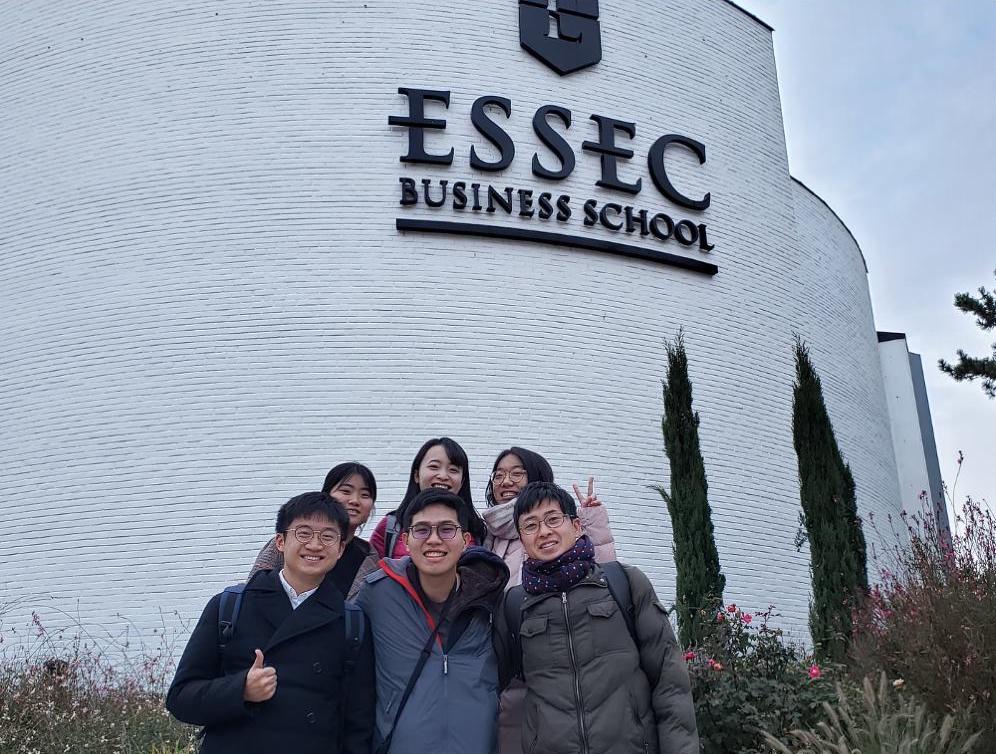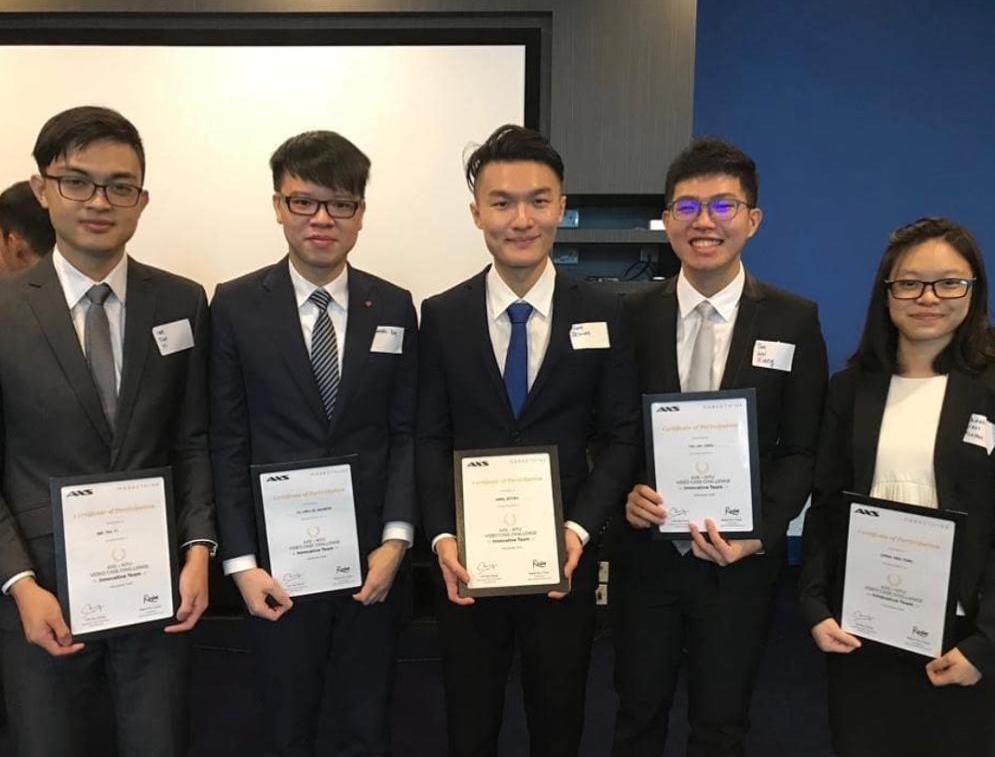Time Management. An ironic topic to get back into my posting cadence after skipping a week. (Thanks for staying tuned to my blog!)
Over most of April, I had the opportunity to take on a different type of work (Project Management) which resulted in a lot of my schedule being spiralled off course. Last time this happened was in January, when I was doing my MiniMasters Classes while juggling with a big project at work. This post would not be a recount of that experience, which will be for another day when I fully see through the project. Here are some of my tried and tested secrets to staying productive at work:
1. Effective Calendar Management (Compartmentalising)
Firstly, let us begin with a tool which is commonly available to most of us while at work. It is called a work calendar. I tend to schedule most of my required meetings for the week, as well as any potential work preparation I would need for the meeting into the calendar. By doing so, I am able to set fixed timings in each week completing what I have set out to do. Blocking time on the calendar signals to the audience that there is limited time in the day, ensuring that my meetings stay succinct, and I would have time to complete my other to-dos.
When collaborating with multiple colleagues on a project, I would sometimes also block additional calendar time for myself especially when I know that there might be multiple rounds of discussion which may not have been set out in the diary. This way, I would not be thrown off guard and be left firefighting, which disrupts the productivity of other tasks in the day.
2. Setting Up a Dashboard of Items (Kanban)
Secondly, setting a dashboard of items, also known as Kanban, is a place where you can stay up to date with your deliverables, or even your team’s deliverables (I didn’t have a chance to do this at work yet).
Personally, I use Trello (Not Sponsored), where a Kanban Template lets me place everything in boards, cards and checkboxes, creating a directory cum to-do list of sort. I do this board not only for work, but also for my own weekend planning too. As a bonus, this well separates work and life, as each aspect is clearly documented for when it is time for which.
3. Prioritising (Eisenhower Matrix)
You may have heard the saying that goes, “There is no end to work, once you have no work left there is no need for you anymore.” When faced with mountains of work, the Eisenhower Matrix is one way to look at prioritising. Is the task urgent? Is the task important? If both checks out, do it immediately! If it’s urgent but not important, if it’s not too much of a hassle, just help, otherwise delegate to someone else who believes that it is important. If it’s important but not urgent, put it on calendar (back to tip 1) and ensure that you set time for it. If it is neither important or urgent, you can always delegate or just leave it there, perhaps automating the process for the long run using various techniques, for instance ETL or RPA.
In one of my recent reflections, I found prioritising especially important when I was juggling between work and study. While I’m finished with the extra studies for now, I learned that I need to stay mission oriented and prioritise according to what would be important for me.
4. Start of Day and End of Day Routine Planning and Reflection and stick to it.
While not having diligently stuck to it sometimes, I tend to make it a point for the first and last 30 minutes of the day to be planning out the day and what I intend to complete, as well as reflecting on the day, what went wrong, how I can do something more effectively.
As the saying goes, “when you fail to plan, you plan to fail.” Each day should start with identifying the goals which needs to be achieved for the day, as well as how much time there is. This way, time can be effectively allocated (through calendar) to different levels of priority. That said, things may go wrong sometimes, for instance ad-hoc tasks assigned by your managers.
Sticking to the plans as much as possible will ensure that we stay mission oriented and focused.
5. Getting Ample Rest
This might sound counter intuitive, as spending more time doing more work means being more productive right?
Productivity is the measure of output over a given time. Just because you are spending more time doing work does not mean that you are productive.
Most humans require at least 8 hours of sleep a day, not trying to be a science teacher here but it is something about the brain needing to reorganise thoughts and reinforce learnings. Surprise, I usually try to sleep for at least 8 hours before my exams at university, and I do quite decently I must say! Anecdotally, this is a tried and proven method for me to be productive.
Hope you liked our story today. Do bookmark this site, leave a comment in the section below, and follow us on our LinkedIn page as we look forward to curating new content for you every week.
If you liked this post, here are some work rules that I like to stick to.
Photo Credits: Original Image by Tan Wei Xiang


